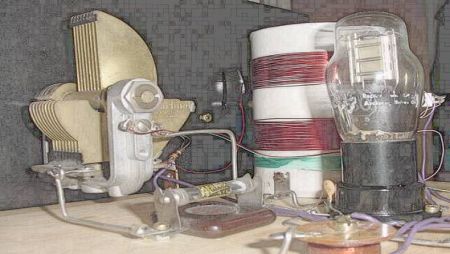
The 1-Wire HVAC monitoring system is for residential Geothermal HVAC systems. This project utilizes the so called 1-wire temperature sensor. A single board computer handles the brunt of the work including web accessible trend data. With access to the underling temperatures, the over all system performance may be gauged. Earlier this year we covered a HVAC web enabled monitor that adds an element of control. As the industry adopts modern control architectures, we hope to see more HVAC hacks around.
















